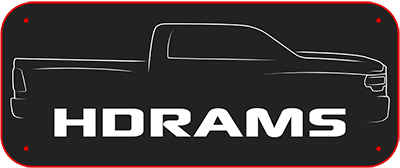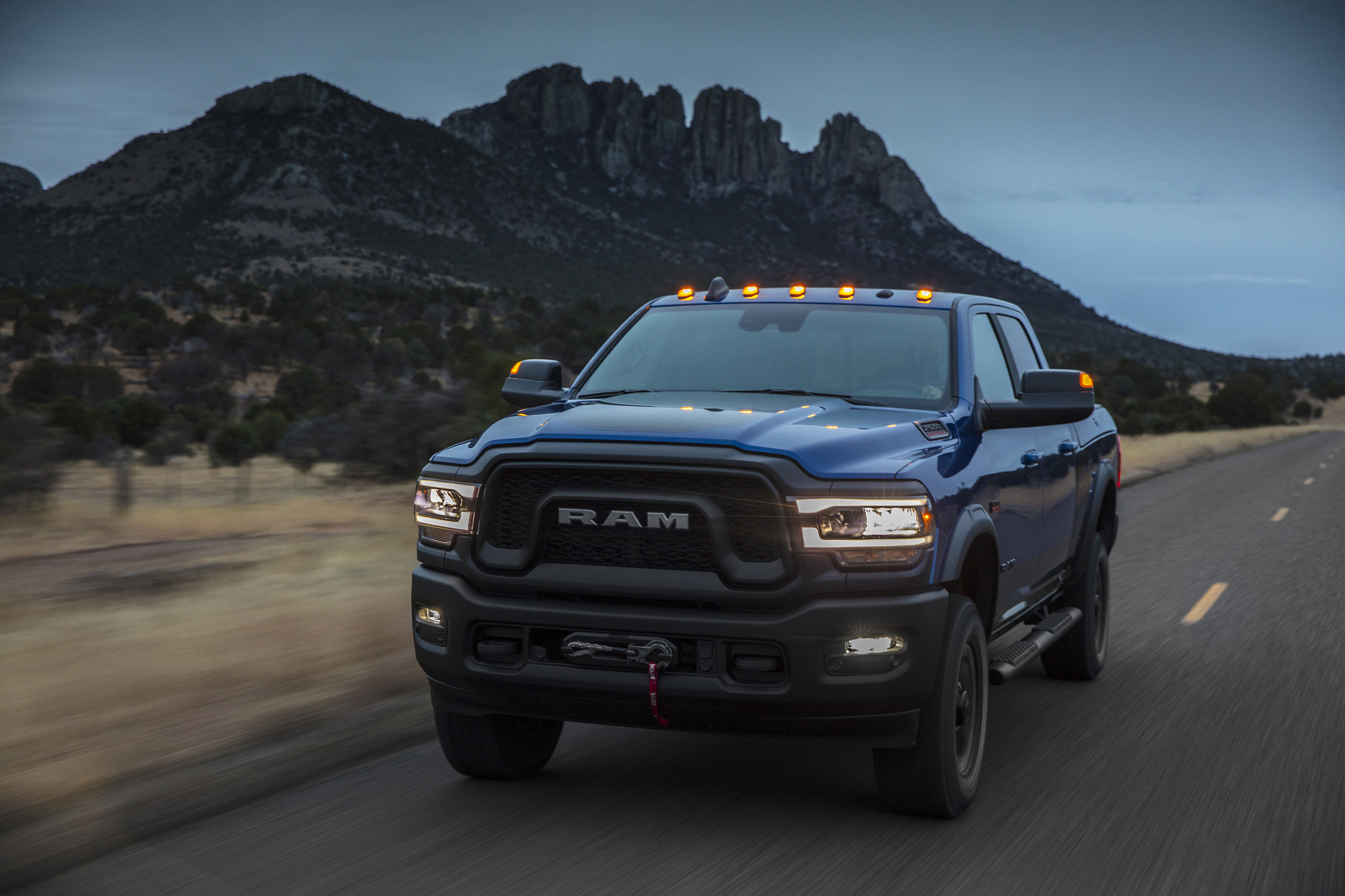Crusty old shellback
Well-Known Member
- Joined
- Apr 10, 2021
- Messages
- 2,959
- Reaction score
- 4,585
Ramblinchet,
Thanks for that post. I havent looked into their system but have a better understanding now of what they have done.
So instead of developing a bunch of different springs for different applications, they chose to keep the factory springs and go a more economical solution with a spacer that fits all needs. Good business decision to meet the needs of the masses.
They did a high lift crossover steering to keep the factory geometry. Good move. And as a bonus by doing that, less chance of damaging the steering system when off roading.
It also looks like they took the high road by moving the axle forward to clear bigger tires, rather than larger offset to clear.
Leaf springs have a similar system called easy inch to move the axle. Increases the wheelbase a little which is also good.
So it looks like they have tried to develop a system that's more of a one size fits all rather than a specific system for each truck configuration/ usage, which is more what Carli/Thuren have done.
For me, it seems that the more I drive and use my Power Wagon, the happier I am with the stock suspension. Maybe a shock upgrade and track bar upgrade is in my future. But I cant see spending much more for a full suspension at this time for they way I use my truck. Maybe after more time in Baja or out at King of the Hammers, I might change my mind.
Thanks for that post. I havent looked into their system but have a better understanding now of what they have done.
So instead of developing a bunch of different springs for different applications, they chose to keep the factory springs and go a more economical solution with a spacer that fits all needs. Good business decision to meet the needs of the masses.
They did a high lift crossover steering to keep the factory geometry. Good move. And as a bonus by doing that, less chance of damaging the steering system when off roading.
It also looks like they took the high road by moving the axle forward to clear bigger tires, rather than larger offset to clear.
Leaf springs have a similar system called easy inch to move the axle. Increases the wheelbase a little which is also good.
So it looks like they have tried to develop a system that's more of a one size fits all rather than a specific system for each truck configuration/ usage, which is more what Carli/Thuren have done.
For me, it seems that the more I drive and use my Power Wagon, the happier I am with the stock suspension. Maybe a shock upgrade and track bar upgrade is in my future. But I cant see spending much more for a full suspension at this time for they way I use my truck. Maybe after more time in Baja or out at King of the Hammers, I might change my mind.

